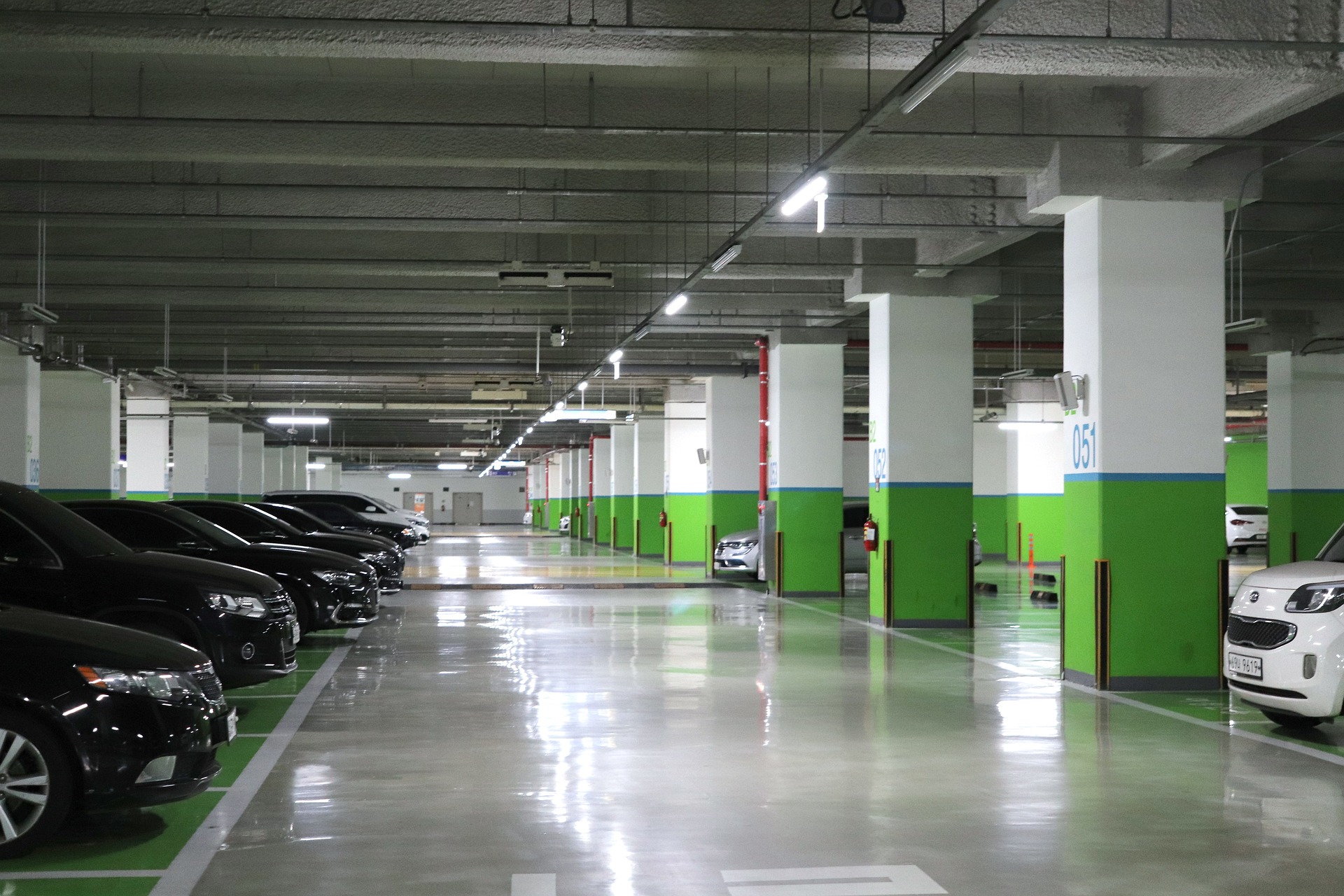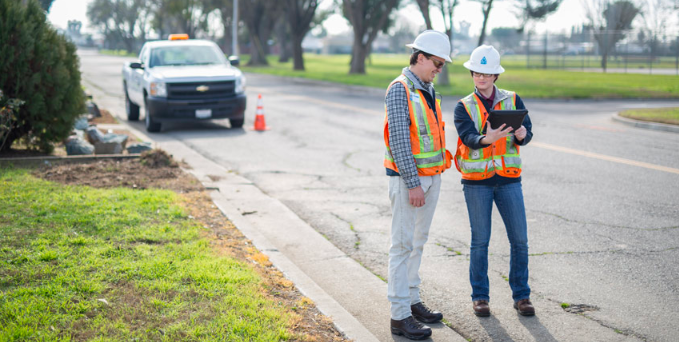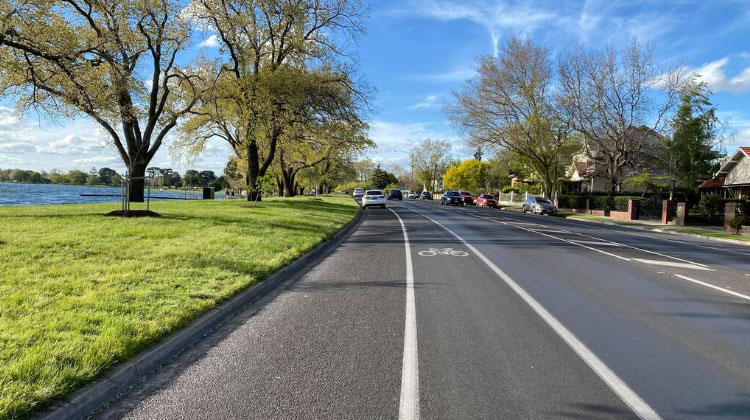
What is a Car Park Management Plan?
A Car Park Management Plan also known as CPMP is a document that identifies the objectives of a specific car park from the perspective of users and provides solutions and strategies that help achieve these objectives. These requirements typically include space allocations by users categories/land uses, time restrictions, limiting unauthorized access, regulating speed and direction of traffic flow, regulating pedestrian movements and improving security and lighting. Continue reading to explore more into Car Park Management Plans including the triggers, contents and how our traffic engineers can help manage car parks.
When is a Car Park Management Plan required?
A Car Park Management Plan can be required in the following scenarios.
- To satisfy a Planning Permit Condition which commands a Car Park Management Plan (CPMP) to be prepared by a suitably qualified professional, often a condition in mixed-use developments or larger developments such as shopping centres.
- To solve operational issues of an existing car park such as use of the car park by unauthorized users.
- To improve existing functions of a certain car park such as reduce congestions, reduce risky pedestrian-vehicle interactions.
- To seek advice from an experienced traffic consultant/traffic engineer with the right selection car park management devices before approaching suppliers.
- To prepare for changes in your land use operations such as a peak operation scenario or a large event.
A traffic engineer, who is often experienced not only in preparing car park management plans, but also in designing car parks, undertaking car parking surveys, preparing car parking demand assessments or analysing car parking demands is your go-to place when it comes to car park management plans. A traffic engineer’s wide-spread knowledge in the overall transport sector and often the “psychology” of road users can bring useful insights into optimising the management of a certain car park.
What is included in a Car Park Management Plan?
A car park management plan contains a series of strategies and treatments to be implemented when managing a car park. This often includes allocation of car parking spaces by user category or land use categories. In multi-use developments or shopping precincts, this is an important consideration in balancing car parking demand vs supply. The allocation of car parking spaces is often complemented by the inclusion of time restrictions on car spaces. This is a tool used to free up car parking spaces regularly by imposing a time-restriction.
Have a at the image below to get an idea of such treatments. By a simple set of stencils, linemarking and a cost-effective physical device, the following outcomes are efficiently satisfied.
- Implementing a numbering system to car spaces to help with identification and to help with allocation based on the user (e.g. permit system).
- Regulating the number of people that must be in a car in order to be able to use the car park (i.e. Car pooling). This is a great stride we have taken as an industry to reduce private vehicle usage.
- Using a physical device (a wheel-stop) to regular the stopping location of the vehicle.
Sometimes, car parking allocation by user category or land use is signified by various linemarking treatments, colour coding and/or signage treatments. Any individual would have come across various colour-coding schemes in multi-level car parks. This is also a feature that is included as a way of helping users remember where they parked their vehicles.
Another important consideration in car park management is improving the safety of users. One such way is by introducing speed restrictions as administrative treatments or by including physical devices such as speed humps, speed cushions, slow points etc. that limit vehicular speeds. A car park by nature must act as a shared space between cars and pedestrians. A user must exit the vehicle and travel along the car parking aisles to reach the destination, and often this is unavoidable. Thus, the safety of the pedestrian is critical.
Vehicle height restrictions, imposing bans on prohibited users, implementing boom gates, implementing touch-on card entry systems, negotiating vehicle towing contracts are some car park management tools targeted at controlling the entry to a certain car park.
So the list of inclusion in a Car Park Management Plan goes on and on. When engaged, our traffic engineers can customise a set of solutions that is applicable to the unique needs associated with your car park.
How can RedSquare Traffic help with your CPMP needs?
Traffic engineers at RedSquare Traffic have an extensive amount of experience in designing car parks from scratch and also in helping with managing already designed car parks via Car Park Management Plans. Our traffic engineers regularly work with architects, town planners, government authorities and real estate developers to help improve operations of car parks in facilities such as shopping centres, medical centres, schools, childcare facilities, recreational facilities etc.
Reach out to RedSquare Traffic for all car park design and car park management plan requirements.












